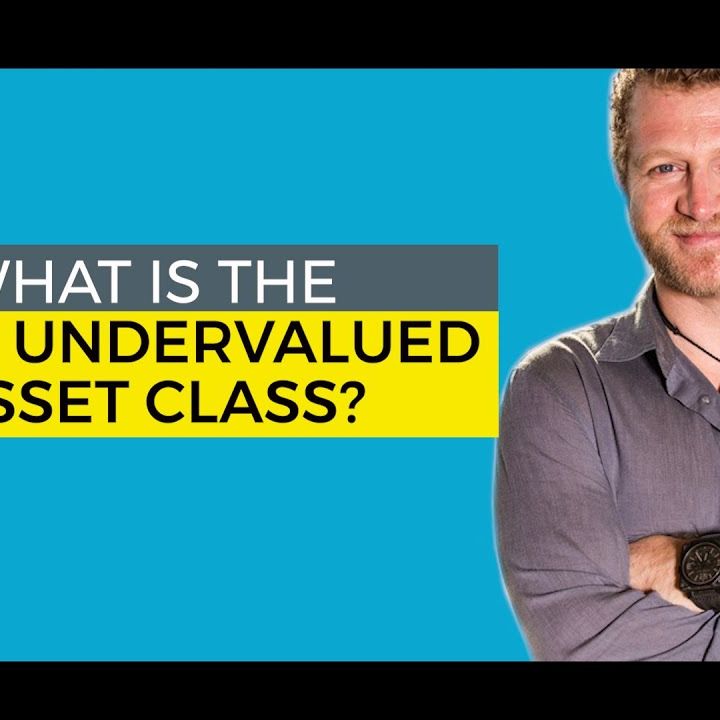To keep learning and advancing your career, the list below resources will be useful:.
Growth equity is typically described as the personal financial investment strategy occupying the middle ground in between equity capital and traditional leveraged buyout methods. While this may hold true, the technique has evolved into more than just an intermediate personal investing method. Growth equity is frequently referred to as the private investment method occupying the middle ground between equity capital and traditional leveraged buyout techniques.
This mix of factors can be compelling in any environment, and even more so in the latter phases of the market cycle. Was this article useful? Yes, No, END NOTES (1) Source: National Center for the Middle Market. Q3 2018. (2) Source: Credit Suisse, "The Extraordinary Diminishing Universe tyler tysdal SEC of Stocks: The Causes and Consequences of Fewer U.S.
Option financial investments are intricate, speculative financial investment automobiles and are not ideal for all investors. An investment in an alternative financial investment involves a high degree of threat and no assurance can be offered that any alternative investment fund's financial investment objectives will be achieved or that investors will receive a return of their capital.
This industry information and its value is a viewpoint just and must not be relied upon as the just important information available. Info included herein has actually been gotten from sources believed to be reliable, however not ensured, and i, Capital Network presumes no liability for the information provided. This information is the residential or commercial property of i, Capital Network.
they use utilize). This financial investment technique has actually assisted coin the term "Leveraged Buyout" (LBO). LBOs are the primary investment strategy type of most Private Equity firms. History of Private Equity and Leveraged Buyouts J.P. Morgan was thought about to have made the very first leveraged buyout in history with his purchase of Carnegie Steel Company in 1901 from Andrew Carnegie and Henry Phipps for $480 million.
As discussed earlier, the most infamous of these deals was KKR's $31. 1 billion RJR Nabisco buyout. Although this was the largest leveraged buyout ever at the time, lots of people thought at the time that the RJR Nabisco deal represented completion of the private equity boom of the 1980s, due to the fact that KKR's investment, however well-known, was eventually a considerable failure for the KKR investors who bought the company.
In addition, a lot of the cash that was raised in the boom years (2005-2007) still has yet to be used for buyouts. This overhang of committed capital prevents numerous financiers from dedicating to buy brand-new PE funds. In general, it is estimated that PE firms handle over $2 trillion in assets around the world today, with near $1 trillion in committed capital readily available to make brand-new PE financial investments (this capital is often called "dry powder" in the industry). .
An initial financial investment could be seed funding for the company to start constructing its operations. In the future, if the company proves that it has a practical product, it can acquire Series A financing for additional development. A start-up company can tyler tysdal lone tree finish a number of rounds of series financing prior to going public or being obtained by a monetary sponsor or tactical buyer.
Leading LBO PE companies are characterized by their big fund size; they are able to make the biggest buyouts and take on the most financial obligation. However, LBO deals come in all sizes and shapes - . Total transaction sizes can range from tens of millions to tens of billions of dollars, and can occur on target companies in a variety of markets and sectors.
Prior to carrying out a distressed buyout opportunity, a distressed buyout company has to make judgments about the target business's value, the survivability, the legal and reorganizing concerns that may arise (must the company's distressed assets need to be restructured), and whether the creditors of the target business will become equity holders.

The PE company is needed to invest each particular fund's capital within a period of about 5-7 years and then usually has another 5-7 years to sell (exit) the investments. PE companies typically use about 90% of the balance of their funds for new investments, and reserve about 10% for capital to be utilized by their portfolio business (bolt-on acquisitions, additional readily available capital, etc.).
Fund 1's dedicated capital is being invested in time, and being returned to the limited partners as the portfolio companies in that fund are being exited/sold. Therefore, as a PE company nears the end of Fund 1, it will require to raise a brand-new fund from new and existing restricted partners to sustain its operations.
